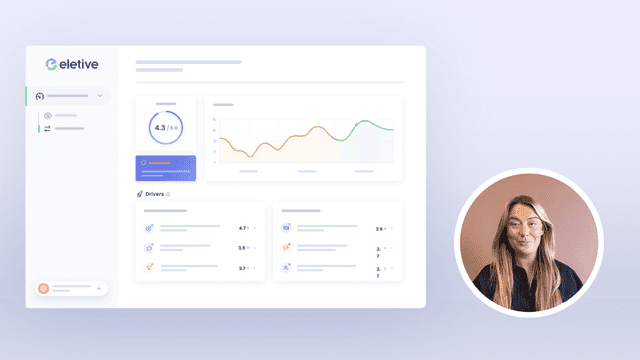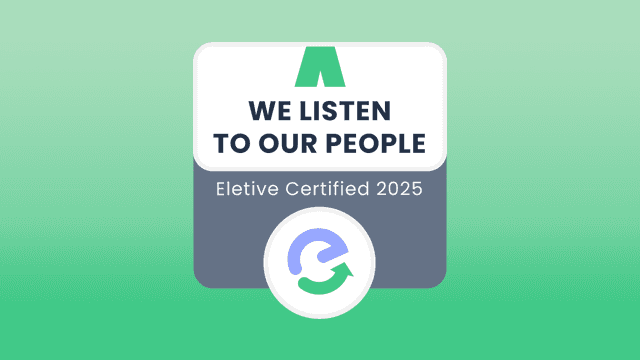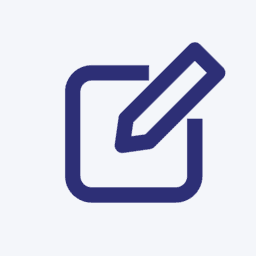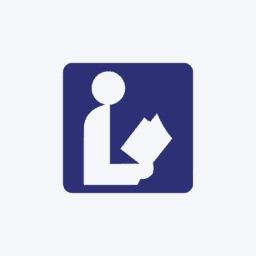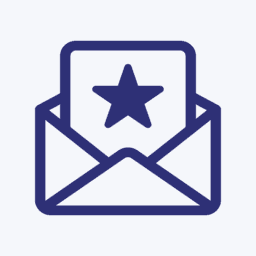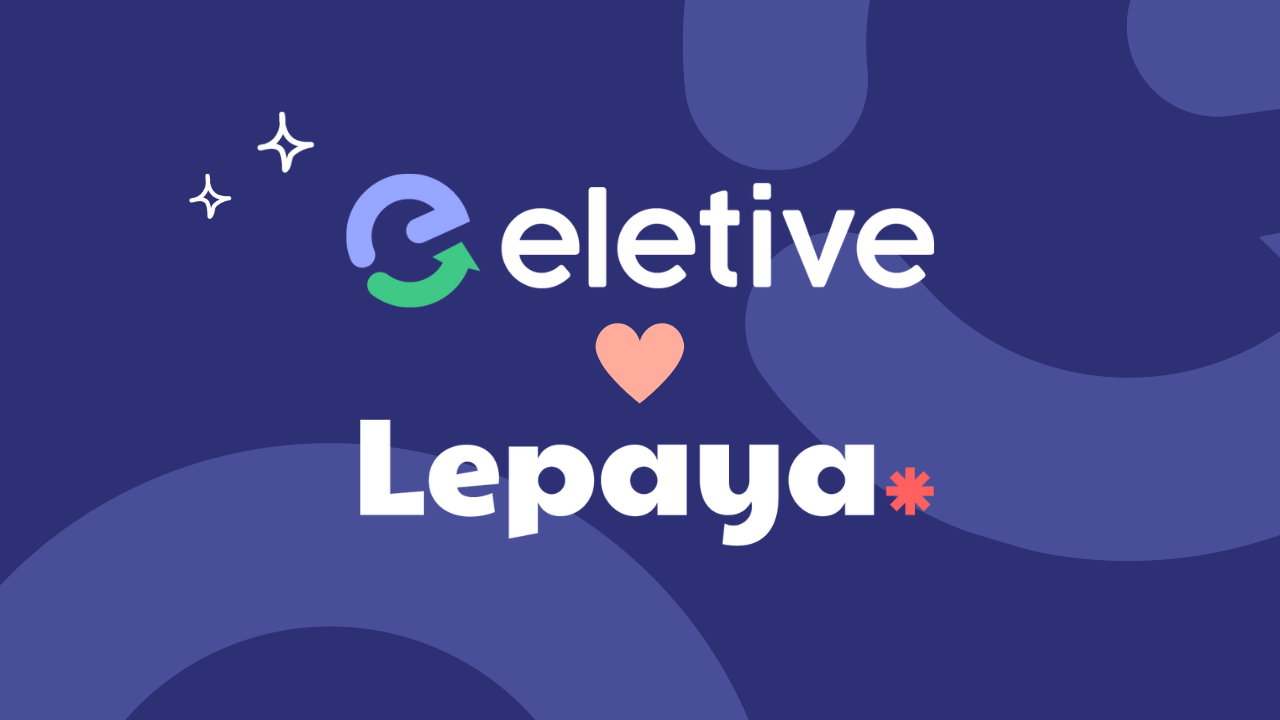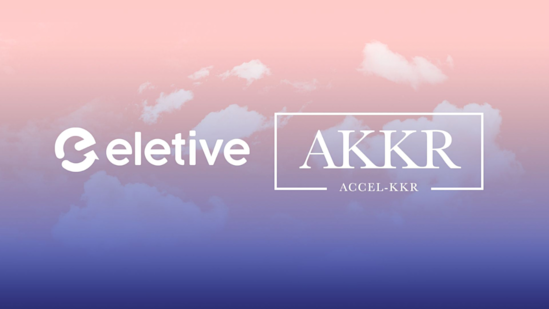Connecting learning to business impact is what defines a successful L&D program. People Leaders are under constant pressure to show this impact through (ROI) to stakeholders who are focused on Input versus Output i.e. revenue.
However, designing learning journeys that link the upskilling of people and organizational success can be tricky. Especially for first-time leaders who don’t arrive on day one with the skills to manage and drive people’s performance.
We had a chat with the L&D experts over at Lepaya, to put together a useful guide on how to build a successful L&D program for the leaders in your organisation.
So, how can businesses convert leadership learning input to business output?
Business impact starts with the initial L&D setup. From the very beginning, it’s crucial to communicate, collaborate and co-create with all relevant business stakeholders. At Lepaya, we start by challenging organisations with an important question: What is the desired long-term business impact of the learning request?
Before attempting to co-create the learning program, the most valuable insight is knowing where the business is right now and where stakeholders are expecting it to be after the training. This way we create learning tracks that are relevant and have a tangible business impact that can be traced back to learning intent.
How does your team know where to start?
Collaborating with L&D Managers and stakeholders, we identify how and why their first-gen leaders need upskilling. Based on this information, we train specific leadership skills - measured before & after the training - to ensure the right behavioral changes occur to impact leaders’’ performance.
And after our collaboration, we establish a clear connection between business goals, KPIs, and the learning intent.
How do you connect those insights to action and implementation?
Once we have the right insights to transform learning into business impact, we implement learning journeys. At scale, we enroll cohort leadership groups into waves within a defined time frame. However, each upskilling journey is custom to the needs of individual learning groups to train the skills which have the biggest performance impact.
As an example, we train leaders to build empathy, trust, and a feedback culture whilst driving people’s performance and maintaining high retention rates. Therefore, with these business goals in mind, together with the organisation we apply these learning modules:
Kick-off & Social Styles
Effective Communication
Structured Storytelling
Driving results
Feedback
We keep gathering insights throughout the learning processes. Our insights should not be limited to the co-creation stage of the learning journey. Instead, our leadership training is constantly monitored. We collected feedback from different sources to spot patterns and then adapt the program’s structure, content, and timing.
How do you measure the ROI of L&D initiatives?
After questioning, listening & executing, we provide our customers with ROI data after our leadership upskilling to businesses.
With the right set up and implementation, People Leaders strategically connect talent & leadership training to business goals. With custom soft skill learning journeys, companies lay the foundation for first-time leaders to develop and drive long-term business success in 2023. Their leaders are equipped with the skills to nurture, guide and impact their team’s performance.
However, we are constantly innovating and adapting how we measure impact. A tangible business impact doesn’t come from the course completion rate, but from the relevance and application rate of the trained skills. How do learners apply their skills in “a moment of truth”? How can we help organizations track skill applications after the program?
Find out more about Lepaya’s Impact & Power Skills to upskill your people and transform your business.
Measuring the impact of Learning & Development with Eletive
Learning and development are key drivers of employee engagement and employee satisfaction. Learning and development are also part of the Eletive standard question battery that is included in the Eletive platform.
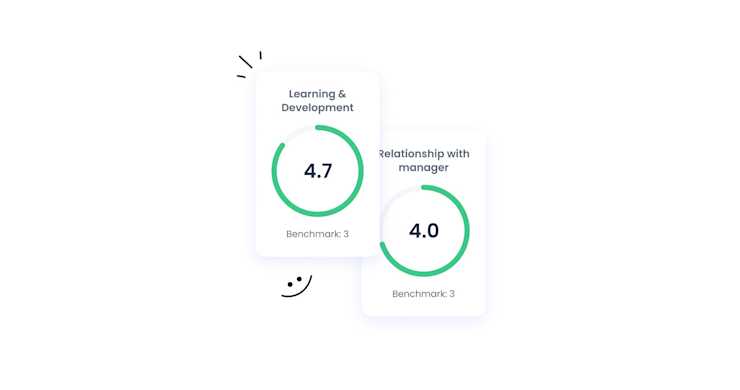
A science-based question battery that measures the 11 most fundamental drivers of employee engagement, and aggregates the surveys results in an Engagement Index.
Regular employee pulse surveys using this question battery allow you to easily track progress over time, and identify areas where there are opportunities for improvement.
Related reading: The drivers of employee engagement – and how to measure them










